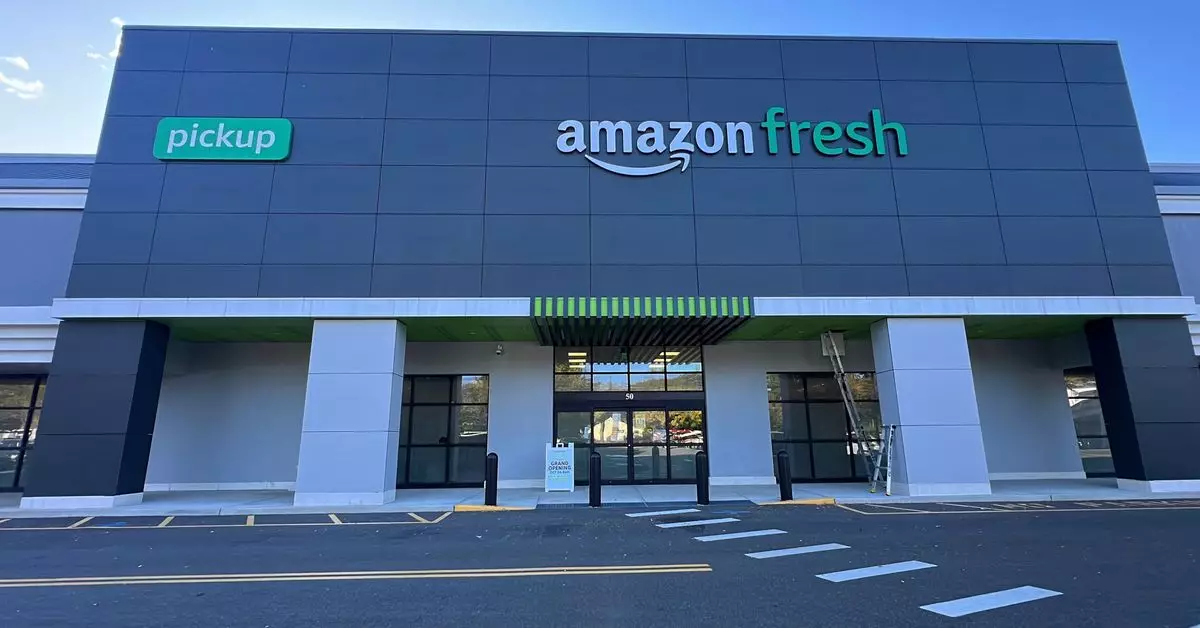Amazon, the colossal e-commerce giant, is continually strategizing to enhance its grocery business. According to recent insights from The Wall Street Journal, Amazon’s new approach could significantly merge the operations of its two grocery entities, Whole Foods and Amazon Fresh. By leveraging the fulfillment capabilities of 26 Amazon Fresh centers to ship Whole Foods products, Amazon is signaling a fundamental shift in how it manages its grocery inventory and distribution. This innovative integration has the potential to streamline operations, enabling the company to deliver products more efficiently and cater to diverse consumer needs.
A Transformative Microfulfillment Initiative
In a bid to further solidify its presence in the grocery sector, Amazon is constructing a microfulfillment center directly inside a Whole Foods Market in Pennsylvania. This initiative aims to stock the location with an array of household goods and groceries from Amazon Fresh, effectively creating a hybrid shopping experience. Here, customers will not only have access to the organic selections Whole Foods is renowned for but also everyday essentials and brands typical of Amazon Fresh. This concept embodies a forward-thinking strategy to maximize convenience, allowing consumers to find everything they need under one roof.
In a groundbreaking trial, Amazon is introducing an “Amazon Grocery” section within a designated Whole Foods store in Chicago. This endeavor seeks to broaden the product range available to customers, incorporating brands and items that are often absent from Whole Foods’ upscale selection. Such a move highlights Amazon’s ambition to cater to a wider audience by providing a one-stop-shop for diverse grocery needs, from organic produce to laundry detergent. This concept not only capitalizes on Whole Foods’ existing reputation but also challenges the traditional supermarket model by blending high-quality offerings with the convenience associated with Amazon Fresh.
As Amazon navigates through the highly competitive grocery market dominated by established players like Walmart and Kroger, these strategic initiatives aim to enhance its foothold in the sector. By integrating online services with physical inventory, Amazon seeks to establish a formidable presence that can rival its competitors, who have long benefitted from their extensive networks of brick-and-mortar stores. The company’s mission to streamline the grocery shopping experience for the consumer could significantly change how consumers interact with grocery retail.
Historically, Amazon’s grocery strategy has consisted of various innovative concepts, such as unlimited grocery subscriptions and the implementation of Dash Carts for self-checkout convenience. However, the company has also executed corrections to its strategy, stepping back from certain solutions like the Just Walk Out technology in select environments. This ebb and flow of innovations suggests that while Amazon is willing to experiment, it is also learning from past initiatives to optimize its approach for the future.
Amazon’s new initiatives to intertwine Whole Foods and Amazon Fresh signify a revolutionary approach to grocery shopping. By leveraging fulfillment strategies, broadening product offerings, and learning from past experiences, Amazon is not only reinforcing its position within the market but also reshaping the future of grocery retail.


Leave a Reply